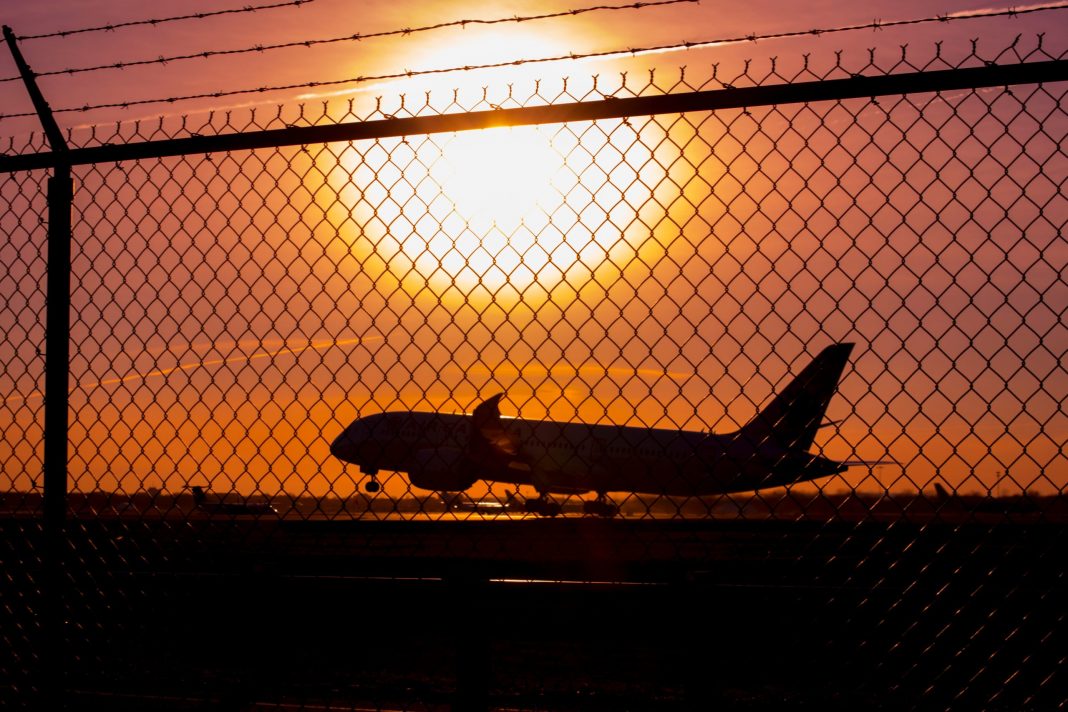While the proliferation of pre-flight or on arrival testing in place of restrictive quarantines is welcome, is it enough to restart travel effectively? Aviation consultancy SimpliFlying believes it is not, and is recommending a suite of measures to complement the current testing regime, a blueprint it calls ‘Testing+’.

Making a good start
Airports and airlines are beginning to roll out rapid pre-flight testing to enable widespread international travel to resume. It’s a measure that many have been campaigning for since the outbreak of COVID, including the International Air Transport Association (IATA). But is preflight testing enough?
Aviation consultancy SimpliFlying believes not. Although testing is certainly a step in the right direction and will be part of the foundation of a healthy travel future, they say it is not enough in isolation. Too many asymptomatic passengers can be missed, and as we’ve seen, that can undo all the good work nations have done in tackling the spread of this virus.

SimpliFlying advocates for a holistic solution, something that covers every stage of the passenger journey. It calls this solution ‘Testing+’. SimpliFlying’s research director, Dirk Singer, told Simple Flying,
“A half-baked plan where the focus is purely on getting as many people flying as possible will quickly fall apart, causing the doors to slam shut again. The result will then be a further erosion of confidence in the industry, more hits to economies, and more people out of work.”
The consultancy recently released a whitepaper detailing this testing solution, which is free to download from the website.
Stay informed: Sign up for our daily aviation news digest.
Testing is not infallible
The issue with testing is the relative confidence interval of finding infected people. SimpliFlying’s whitepaper points out that accuracy can range from 80% up to around 90% when administered correctly, depending on the type of test. This sounds like a high number, but when you consider that, of a planeload of 200 people, potentially 20 – 40 infected individuals risk being missed with the test, it’s a huge discrepancy to deal with.

The consultancy considered ongoing trials conducted by Toronto Pearson Airport along with Air Canada and McMaster Health Labs. These trails involved 13,000 passengers, of whom 1% were found to be COVID positive. Of this 1%, only 80% of them were picked up as COVID positive on arrival in Canada. The rest only tested positive following a weeks’ quarantine. Singer commented,
“80% is excellent, but it also shows that some passengers may still be infected just before they fly, and that even with the best tests there are a small number of false negatives.
“As a result, we need to close that gap. This is why we are recommending that testing on departure for all, and testing on arrival for some, be supplemented by a number of other measures. We are also recommending a clear communications plan, that gives key stakeholders the confidence that aviation is taking its responsibility seriously from stopping the virus from spreading.”
What does Testing+ recommend?
The full Testing+ blueprint outlines a ten-step process, centered around testing, but with complementary measures to boost the accuracy as close to 100% as possible. Some of the measures recommended include:
- Preflight screening to identify the most at-risk passengers
- Mandatory testing before departure for all, with a window of no greater than 24 hours to improve accuracy
- Testing on arrival for high-risk travelers, following a quarantine period if necessary
- Less reliance on rapid antigen tests, many of which have been shown to be ineffective at identifying asymptomatic cases
- Creation of a registry of approved tests to ensure accuracy worldwide
- Effective track and trace of arriving passengers maintained for 14 days from arrival
- Continuing biosecurity efforts, such as contactless technology and enhanced sanitization

All these measures combined are ideally placed to prevent the spread of the virus. Alongside these, SimpliFlying recommends adopting outreach and communication campaigns to restore confidence in aviation and communicate the effectiveness of Testing+ to relevant stakeholders.
The consultancy believes this is not only a rigorous approach to restarting travel, but it’s also realistic to achieve. In fact, it says Testing+ could be rolled out in as little as four weeks. You can find out more about Testing+ in the whitepaper.
[ad_2]
Source link


